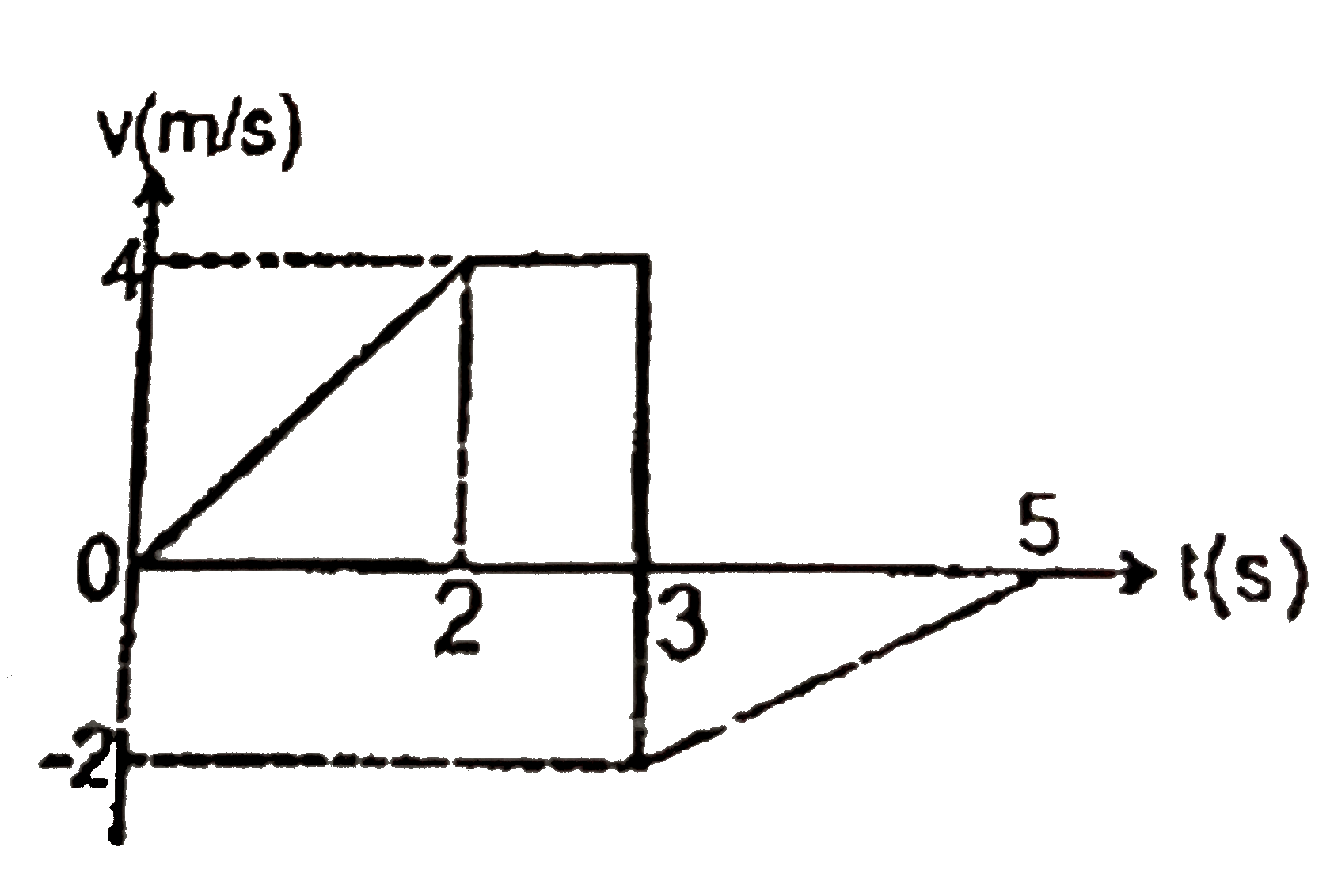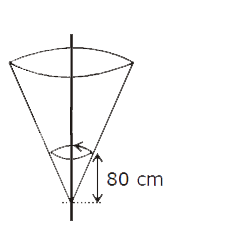A particle is moving in a uniform circular motion on a horizontal surface. Particle's position and velocity at time t = 0 are shown in the figure in the coordinate system. Which of the indicated variable on the vertical axis is/are correctly matched by the graph(s) shown alongside for particle's motion ?
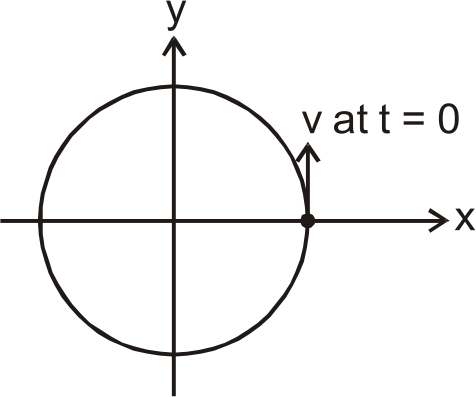
y component of force keeping particle moving in a circle
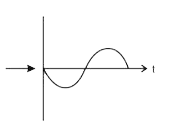
x component of velocity

Angular velocity of the particle
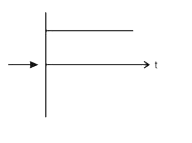
x coordinate of the particle
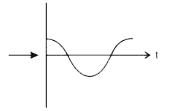
The correct Answer is:B
Step by step video, text & image solution for A particle is moving in a uniform circular motion on a horizontal surface. Particle's position and velocity at time t = 0 are shown in the figure in the coordinate system. Which of the indicated variable on the vertical axis is/are correctly matched by the graph(s) shown alongside for particle's motion ? by Physics experts to help you in doubts & scoring excellent marks in Class 12 exams.
Updated on:21/07/2023Topper's Solved these Questions
Similar Questions
Knowledge Check
A particle is moving in a horizontal uniform circular motion. The angular momentum of the particle is conserved about the point :
ACentre of the circleBOutside the circleCInside the circleDPoint on circumferenceA particle is doing uniform circular motion as shown. Magnitude of average velocity of the particle between points A and C will be
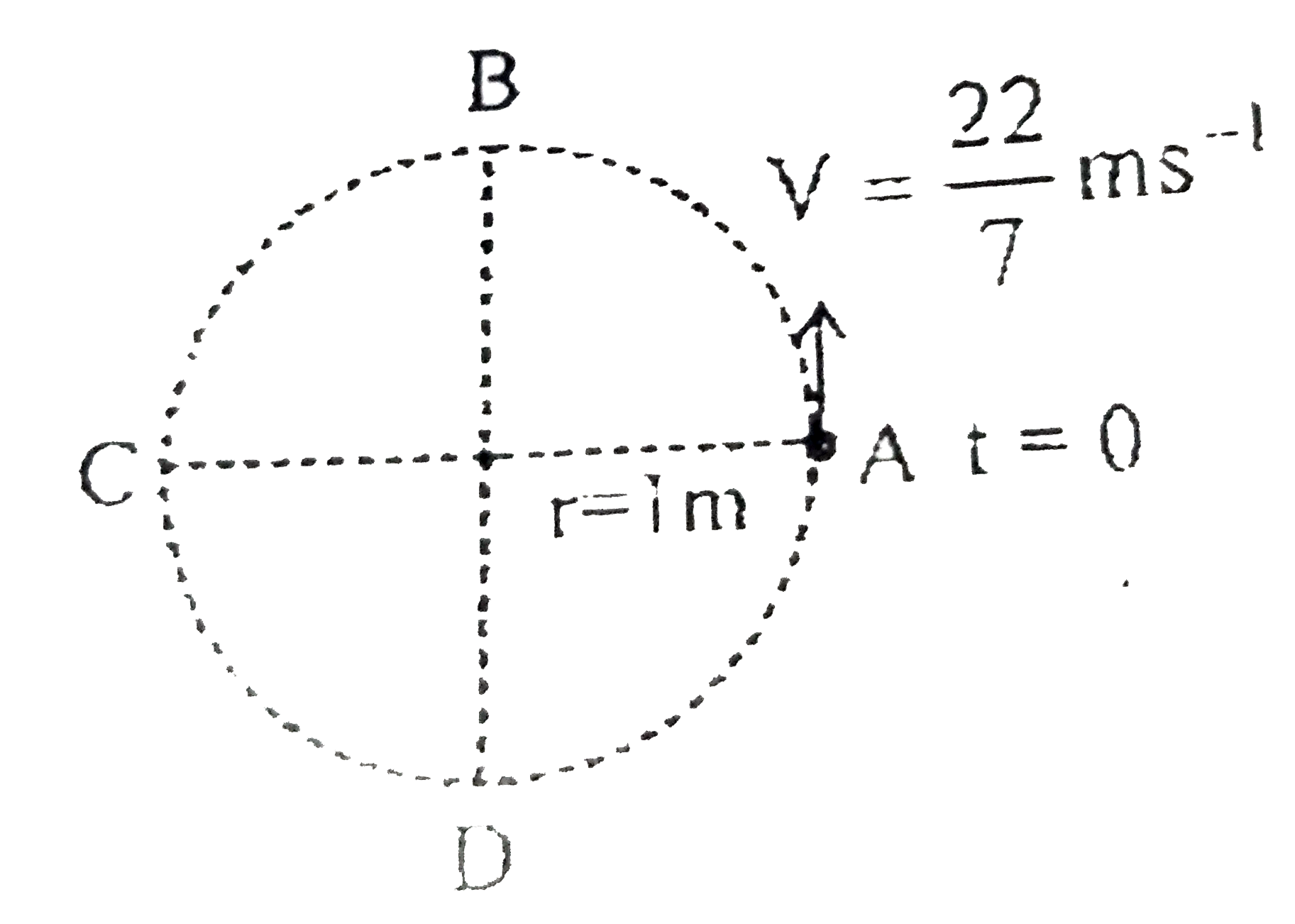 A2ms−1B25ms−1C25ms−1D13ms−1
A2ms−1B25ms−1C25ms−1D13ms−1The velocity − time graph of a particle is as shown in figure
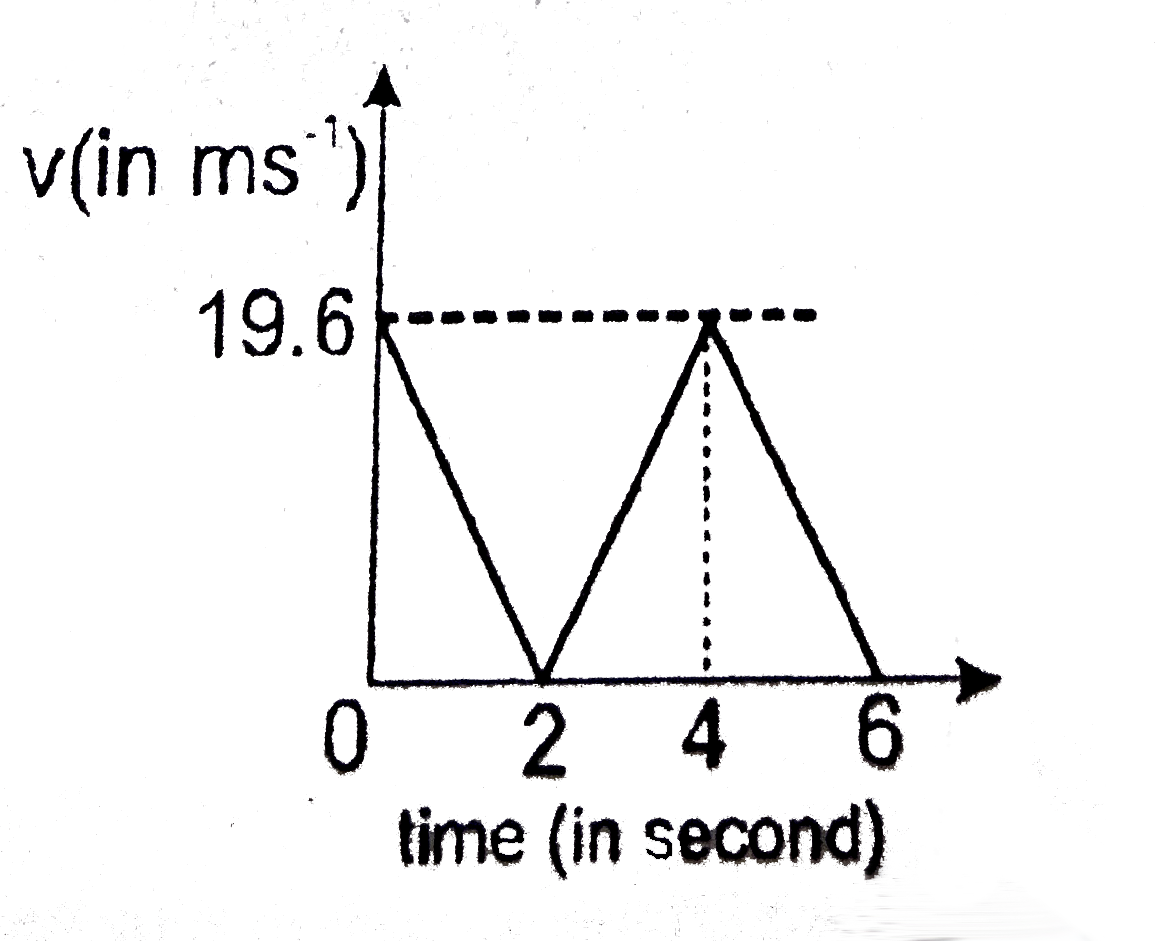 AIt moves with a constant acceleration throughoutBIt moves with an acceleration of constant magnitude but changing direction at the end of every two secondCThe displacement of the particle is zeroDThe velocity becomes zero at t=4 second
AIt moves with a constant acceleration throughoutBIt moves with an acceleration of constant magnitude but changing direction at the end of every two secondCThe displacement of the particle is zeroDThe velocity becomes zero at t=4 second
Acceleration-velocity graph of a moving particle is shown in figure. The particle is
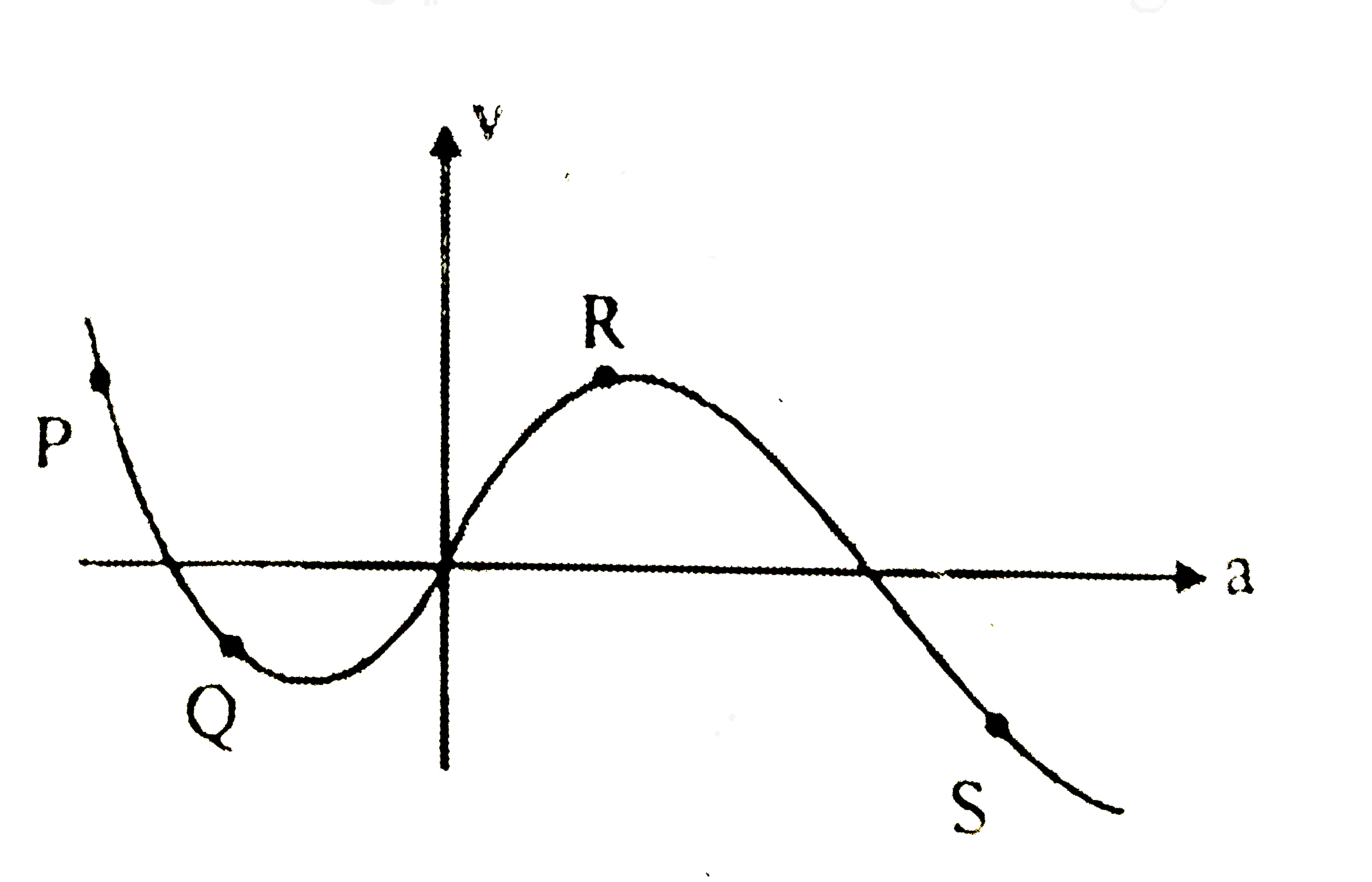
View SolutionVelocity-time graph of a particle in SHM is as shown in figure. Match the following
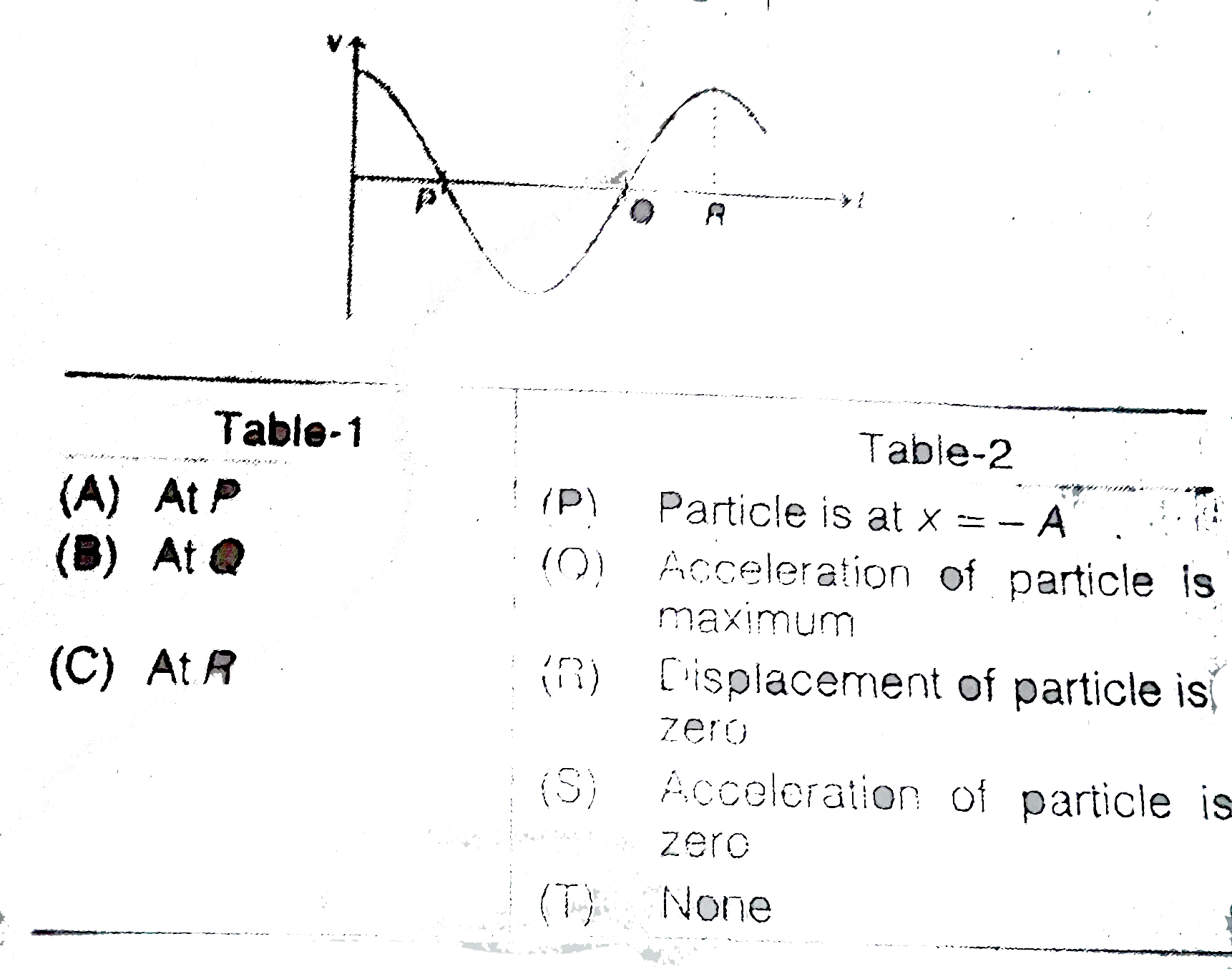
View SolutionThe velocity - time graph is shown in the figure, for a particle. The acceleration of particle is
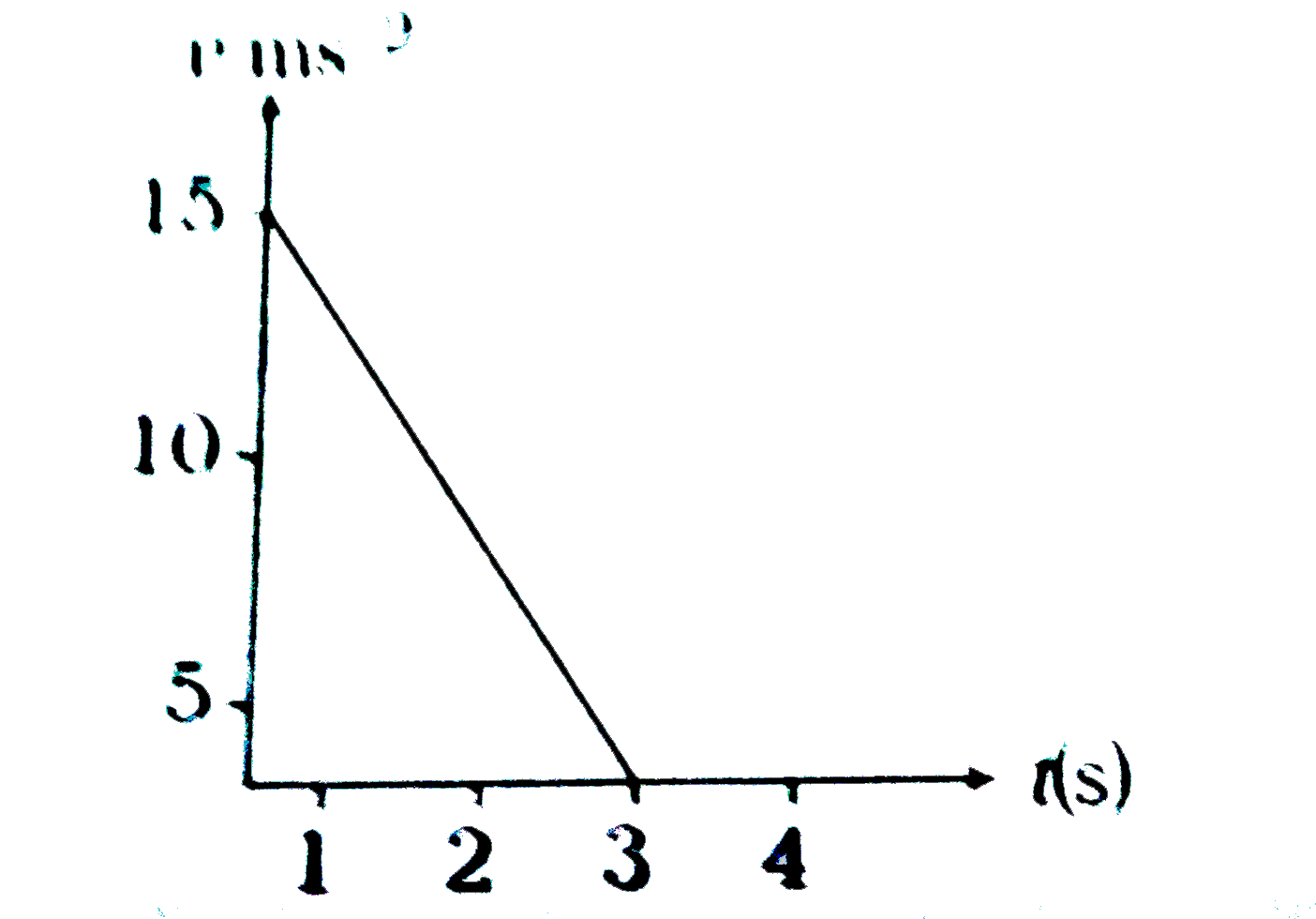
View Solutionvelocity time graph of a particle is shown in figure. Find displacement of the particle.
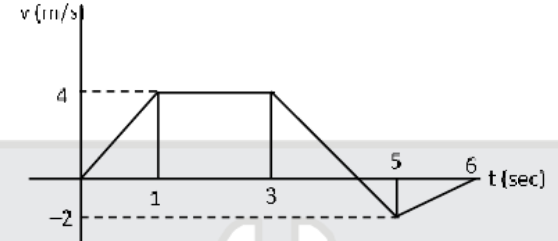
View SolutionA particle of mass m is doing horizontal circular motion with the help of a string (conical pendulu) as shown in the figure. If speed of the particle is constant then,
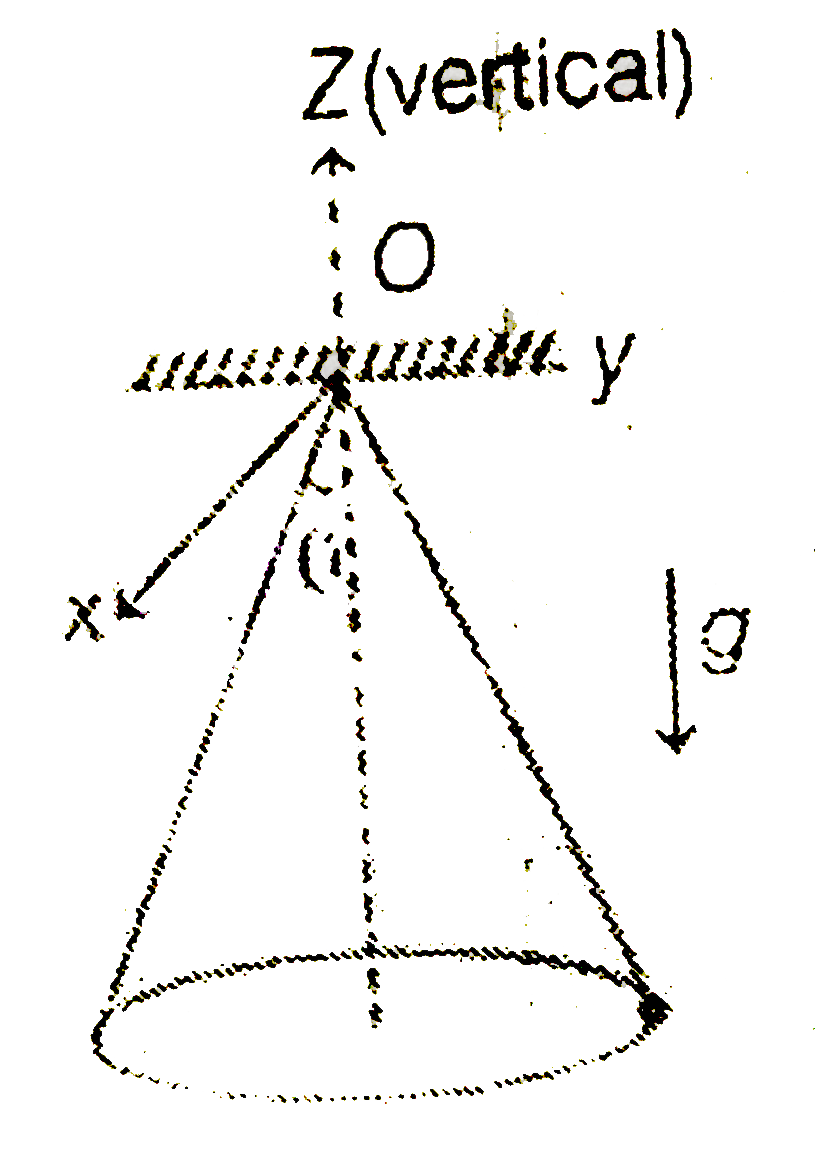
View Solution

